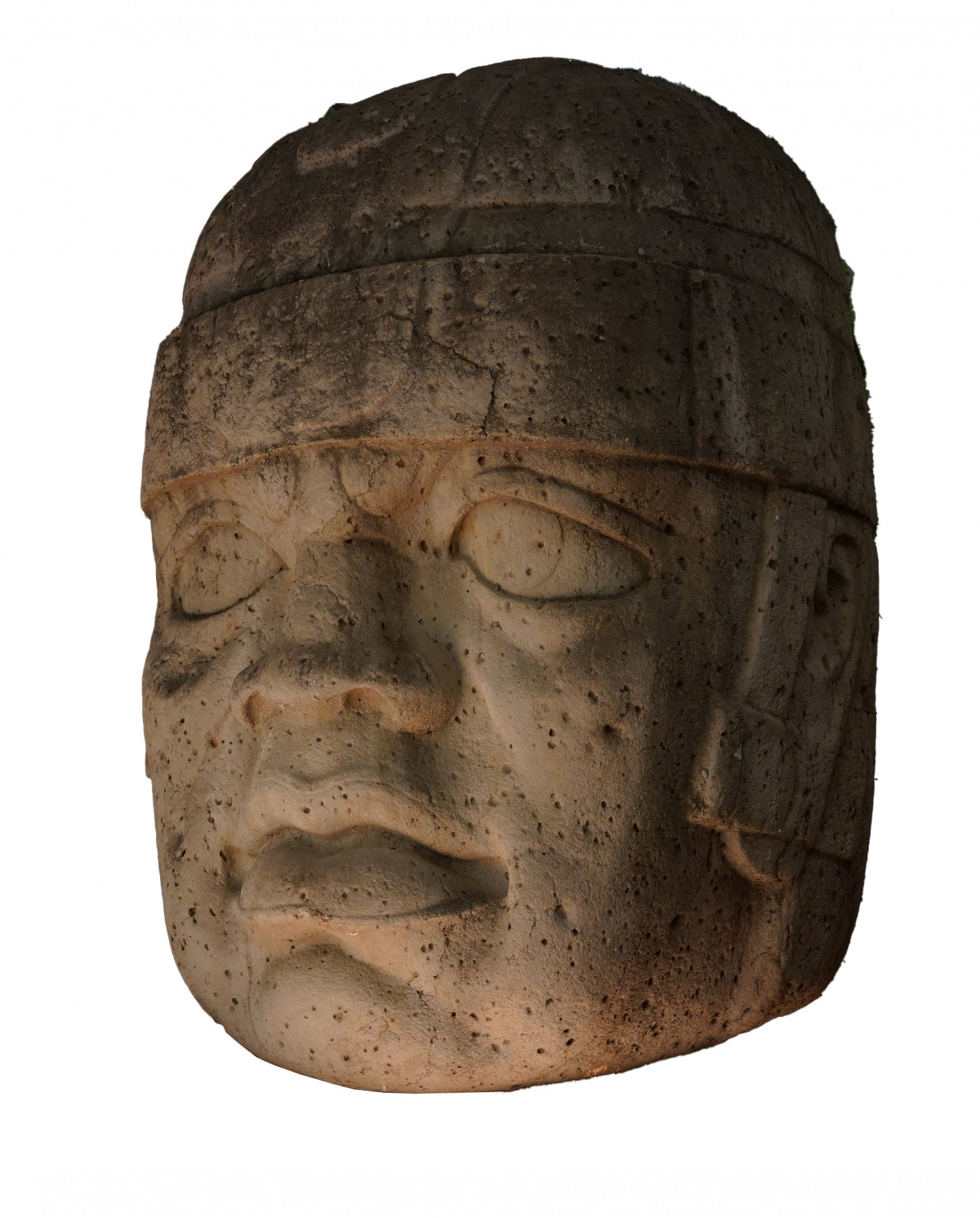

The event is part of activities to celebrate the 213th anniversary of Mexico's independence. The artwork will be permanently exhibited in the courtyard of the museum from September 15. It is a faithful replica of the original head known as "The King," due to its majestic appearance.
The original piece dates back over 3,000 years and is part of a set of 17 monumental heads - more than 2 meters tall and over 2 tons of weight - which are the most notable expression of the Olmec culture, the oldest of the civilizations of Mexico and the American continent.
The monumental Olmec head known as "The King" - both the original and the replica found in Vietnam - represents the rulers of that era and has Mesoamerican ethnic features such as a broad nose, thick lips, and slanted eyes, as well as aesthetic features in accordance with the beauty standards of that time. The original piece is in the Museum of Anthropology in Xalapa, Mexico.
The Embassy of Mexico in Vietnam requested the National Institute of Anthropology and History of Mexico (INAH), the highest authority for protecting Mexico's heritage, to conduct a technical assessment of the replica located in the Fine Arts Museum of Ho Chi Minh City. The INAH determined that: "The replica (located in the Fine Arts Museum of Ho Chi Minh City) was crafted by specialists... who conducted a careful study of the form and the finishes of the original Olmec head. It can be considered as a very good work."
The Fine Arts Museum of Ho Chi Minh City designed a specific curatorial approach for this artwork. As part of that curatorship, photos of the Mexican rainforest from the region where the original monumental head was discovered are exhibited. These photos were provided by the Mexican Secretary of Tourism.
The Director of the Fine Arts Museum of Ho Chi Minh City Tran Thanh Binh said the museum has the opportunity to keep a replica of the Olmec head, a relic that not only is a symbol of artistic creativity but also contributes to reflecting the richness and diversity of the religious, social, and cultural concepts of an ancient civilization.
“As an essential part of world heritage, the Olmec head helps us to understand better the early stages of the civilization development in that region. The Fine Arts Museum of Ho Chi Minh City respects and protects the artistic heritage of the Olmec head replica to continue spreading the message of creativity and love for art to new generations, while also promoting the spirit of exploration and learning of different civilizations, which undoubtedly helps us to understand better human nature and the world around us", he added.
For his part, Mexican Ambassador to Vietnam, Alejandro Negrín, highlighted that the inauguration of this piece is a model of collaboration between institutions of both countries, and that this piece, which the Vietnamese people will be able to enjoy, shows a very important period of the ancient Mexican history.
The Ambassador added that replicas of similar monumental Olmec heads - crafted using fiberglass, resins, and pigments - were produced in Mexico in the 1970s, and that the head located in Ho Chi Minh City may have arrived to that city in the years after Mexico and Vietnam established diplomatic relations in 1975. That is, this replica would have arrived in Vietnam between 1975 and 1979.
The diplomat explained that there are only two significant Mexican artworks exhibited in public spaces in Vietnam. First, the sculpture "Totem City Stories" by the renowned sculptor Paloma Torres, donated to the city of Da Nang in 2017. Secondly, the above-mentioned replica of the monumental Olmec head "The King," whose inauguration is destined to be a powerful symbol of the extraordinary friendship between Mexico and Vietnam.
Source: VOV